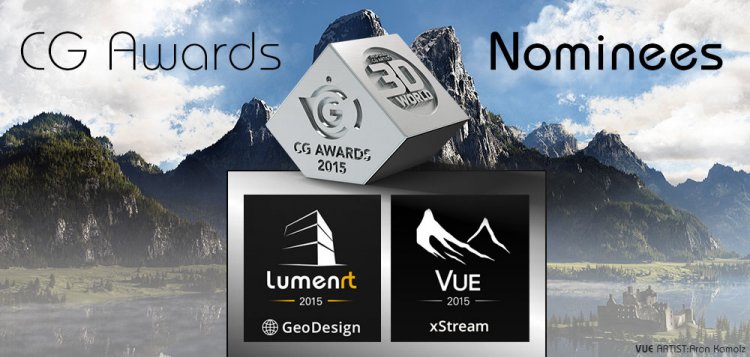


Taking things a bit further, you can specify precise dimensions as you draw for instance this second house (right) started with two rectangles of 12×30 and 20×10 feet, joined to make an L-shaped plan. Rather like a child learning to draw, they start you off with a basic house. As I’m still in holiday mood, I downloaded it this morning and took my time going through the tutorials. SKETCHUP 8, the latest version of Google’s 3D design program has just been launched. In the fourth and final part of the SketchUp basics video tutorials in which you get to construct a hall table, you get to grapple with such subtleties as tapering the legs, mirror imaging two of them to create the other pair and, the final touch, getting the drawer handles spot in the middle of the drawer front. I’ve been through these tutorials before but it’s several years ago, so it’s been worth going back to first principles. I feel that we should all be allowed to do some things just because we enjoy them. It’s probably much more to do with my fascination for making models and creating imaginary worlds. Playful experiment can feed into my regular illustrations in surprising ways. I could argue that as illustration involves depicting three-dimensional objects in two dimensions it makes sense to explore all the possibilities. Mine isn’t the latest Pro version but the free version has plenty of possibilities. There’s plenty that I could do but nothing pressing so to celebrate the launch of a new version of SketchUp, the first in eighteen months, I’m dipping back into the program again. Wouldn’t it be wonderful if you could get through all your errands then, when you have a blank day, feel fresh and thoroughly inspired? Warning, there does seem to be some kind of bug which disables the mouse on an iMac, so be careful that you don’t have any vital unsaved work open in other programs as you might have to restart. LumenRT ‘Quickly create images, videos and real-time presentations ofĪrchitecture, Landscape, Urban and Infrastructure Designs’. Links Both programs currently offer free downloads for non-commercial use, although Lumen RT and recent free versions of Vue insist on adding a small logo to any image that you export. The man (I think he’s one of the guys who dreamed up SketchUp) is a 2D figure who appears when you open a new SketchUp project, to give you an idea of the scale. I was able to approach move around the model in real time (no lengthy waiting for it to redraw) using the mouse. Like Dorothy’s house in The Wizard of Oz, my model had dropped into another world, although this one does look rather like Kansas (during the Dust Bowl). At first there was a glitch as my mouse had become disabled but on restarting my iMac the export worked perfectly. My design in SketchUpMakeīut how easy would it be? In a minute or so I extruded a rectangular block in SketchUp and punched a few holes in it to make it look like some kind of building then I pressed the ‘export to LumenRT’ button. So this morning when I received an e-mail from E-on telling me that there’s now a program, LumenRT, that allows you to export your SketchUp designs into a photo-realistic 3D environment, I had to give it a go. My favourite is Vue because of the way it handles natural landscapes but whenever there’s an update, I’ll have another experiment with SketchUp, which is more of a 3D design tool for buildings, furniture and so on.

With the two chimneys this isn’t so very different to the scene I conjured up from imagination but it’s not quite what I need for the showdown scene, so I’ll take the essential features from it and bring them together to make it a bit more dramatic.Ī photograph taken after the factory closed shows that the canal ran past the soap works on an embankment, so the barges were passing by at roof level.

I tried to use the satellite image from Google Earth as my starting point but that got a bit fiddly as I’m not familiar with the program so I started with a blank and drew out the buildings on the ground plane by eye, then I extruded them up into 3D objects using the Push Pull Tool. Shay Lane runs eastwards out of the village towards Crofton. The factory was built on a triangle of land between the Barnsley Canal and Shay Lane. I’m starting with the confrontation between Waterton and Mr Simpson the soap manufacturer, whose factory in Walton village has polluted air and stream and killed trees in the Waterton’s park.ĭid the soap works look anything like the scene I imagined in my rough? I’ve been unable to track down a photograph of the factory as it was, so using a map in Peter Wright’s 1985 book A History of Walton I made a 3D model in Sketchup. At last, I’m getting started on the final artwork for the Charles Waterton comic strip project.


 0 kommentar(er)
0 kommentar(er)
